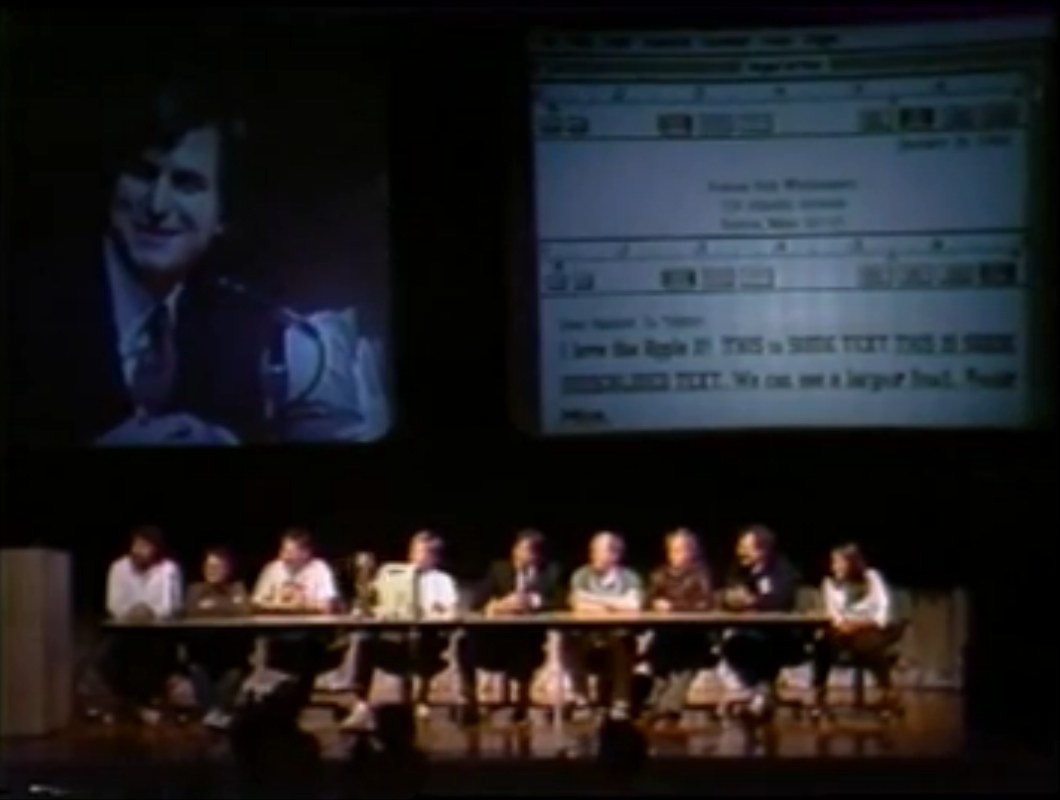Are cell phone photos the 110/disc/APS photos of our day?
I've heard it said that the best camera is the one you have with you. Sure, any picture is better than no picture, but with cell phones today many people don't ever bother to bring a better camera, even if it's small and fits in their pocket. Obsolete Film Formats The reasons 110 film, disc film and APS film (known as Kodak Advantix, Fuji Nexia, etc.) were created were all more or less the same – to allow the creation of smaller cameras that used more convenient film cartridges. Cartridges of various kinds allowed consumers to take pictures without worrying about advancing the film, and take the film out of the camera without having to rewind the film back into the film canister. These formats were popular because 35mm film cameras were more complicated to use, and more prone to making mistakes (opening the camera before rewinding the film, for example). The biggest problem with these formats is that in order to make their cameras smaller, the size of the negatives are necessarily smaller than 35mm film. Smaller negatives means lower quality and higher grain. The last format APS, was the highest quality of these formats, yet still lower than…






